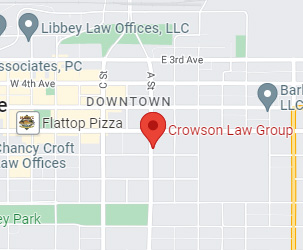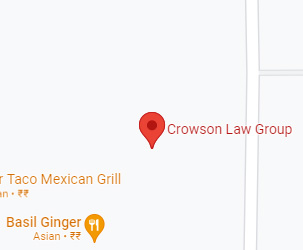Personal Injury Settlement and Liens

A common feature of most personal injury cases is the issue of medical care. If an individual sustains injuries as a result of an accident, he or she is likely to receive medical treatment. In some cases, the medical treatment is ongoing. This article will discuss personal injury settlement liens; what they are and how they affect your personal injury case.
A lien is defined by the Cornell Law School Legal Information Institute as “a security interest or legal right acquired in one’s property by a creditor. A lien generally stays in effect until the underlying application to the creditor is satisfied.” Personal injury liens are growing in popularity. Lawsuits can run for several years and a number of individuals and entities can assist a plaintiff and then establish a claim to the eventual settlement award in the personal injury case. In general, a lien is a court order placed on one party’s personal property to satisfy debt owed to a third party or entity. With respect to a personal injury settlement, the personal property is the settlement award or at least the portion of the settlement award that the lien holder is asserting a right to. In the context of personal injury, liens can be filed by any entity that paid a portion of the injured party’s bills.
There are a number of entities or third parties that may place a lien on a personal injury settlement; such entities include the following:
Healthcare providers – the most common personal injury settlement lien holders are healthcare providers. This is because, in most cases, the injured party does not have health insurance or the injured person’s health insurance does not cover all medical bills. As a result, healthcare providers will seek to recover all medical bills with a settlement lien. However, when the injured party has no insurance at all, he or she may be able to repay only a partial lien. Partial repayments involve negotiation with the healthcare provider which are usually facilitated by the plaintiff’s attorney. It should be noted that liens can also be created by prior agreement whereby the injured person, with no or minimal health insurance, signs an agreement called a consensual lien or a letter of protection, with the healthcare provider at the time of receiving care or treatment. This agreement is often signed by the plaintiff and the plaintiff’s attorney and the agreement is to pay back the healthcare provider with funds received from the settlement in the case or from the final judgement in court. Because of the wording found in these agreements, that can sometimes be vague and ambiguous, it is strongly recommended that the injured person find attorneys in Anchorage Alaska to draft the agreement on their behalf.
Health insurance carriers – personal injury settlement liens may be embedded into the health insurance plans of certain employees. These plans create a right to assert a medical lien on the injured parties’ settlement. Valid liens include government employee insurance plans and workman’s compensation.
Automobile insurance carriers – under automobile insurance plans that provide medical payment coverage in personal injury cases, the insurance company may be entitled to reimbursement from settlement payment.


